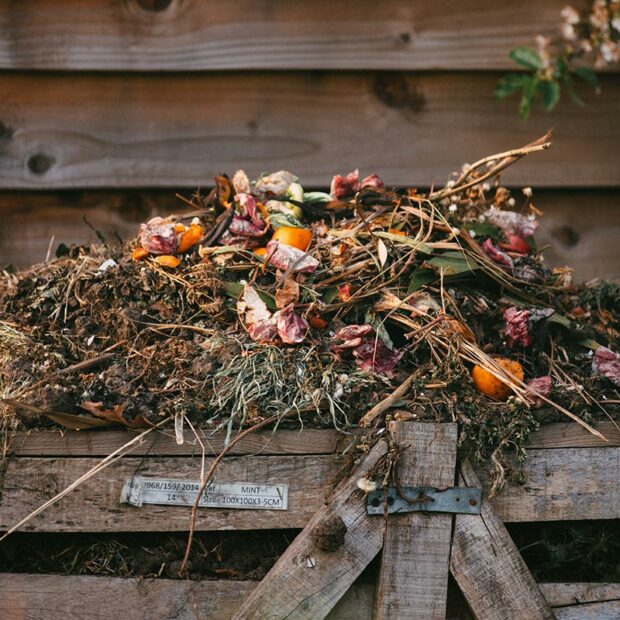In my back yard, I planted SunPatiens in a container that gets sun in the morning and afternoon and some in the evening. These plants thrived, with little fertilizer and just periodic watering. On the other hand, the SunPatiens that I planted in the front (facing west) wilted and lost their leaves rapidly. I watered them daily, sometimes twice. I removed them from their pots and found root rot. So I bought some fresh plants, drilled more drainage holes, but the same thing happened. Any ideas on what the problem is?
Your descriptions of the health of the same plants in the two different locations seems to tell the story. Typically, container placement is different in the front of the house as opposed to the back. More than likely your backyard containers are away from the house walls and windows, perhaps out on a patio or deck where they can be seen from the house, but not against the house, maybe even out in the lawn or near garden beds. The containers in the front are probably nearer to walls and windows to be seen and enjoyed on the approach to the front door. Buildings absorb, reflect, and intensify heat. To make matters much worse, new windows with low-E glass or older windows that have been coated with a UV ray coating really intensify the heat that is reflected. The plants are being heated to an extreme. You water more, causing the root rot, but the death rays of heat continue to zap the foliage. Increasing the number of drainage holes in those containers is helpful to prevent root rot, but still you must water more and more as the reflected heat continues to hit the plants. The only real prevention is to move the containers a safe distance away from walls and windows. Easier said than done probably. Another complication to consider is the size and shape of the pots. The large container in the back will hold more moisture longer, a smaller container dries much faster, such being the case with the original hanging containers. The wider and lower a container is, the slower the water drains away. The taller and narrower the container is, the faster it drains, even if the two containers are filled with the same amount of potting mix.
Related: Pinching off annuals when planting
Answers compiled by Martha Ferguson and contributed by Beverly Moss, Michele Dunham, and Martha Ferguson.



